Home>Garden Essentials>When Can You Put Down Grass Seed
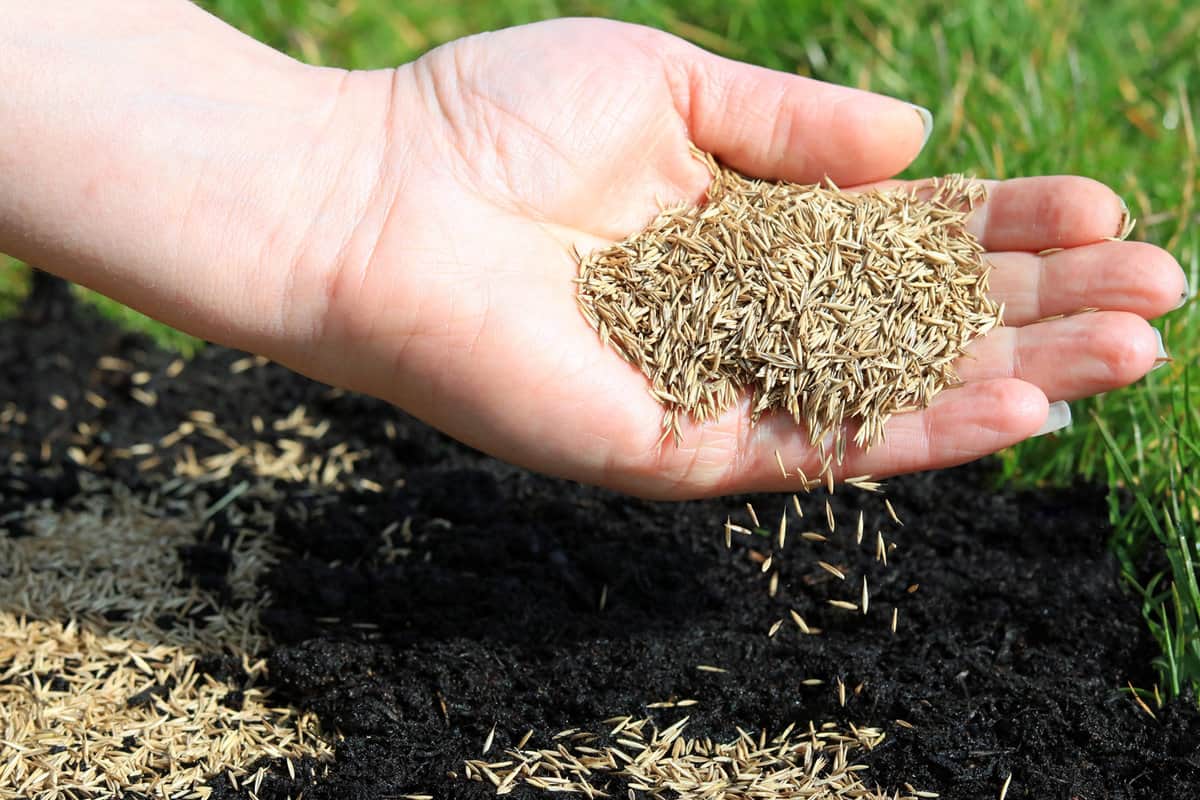

Garden Essentials
When Can You Put Down Grass Seed
Modified: August 28, 2024
Learn when it's the best time to put down grass seed in your garden for a lush, green lawn. Expert tips and advice for successful lawn seeding.
(Many of the links in this article redirect to a specific reviewed product. Your purchase of these products through affiliate links helps to generate commission for Storables.com, at no extra cost. Learn more)
Introduction
Gardening is a wonderful hobby that brings joy and beauty to our outdoor spaces. And what’s more fulfilling than witnessing a lush, green lawn thrive in our own backyard? One of the essential steps in achieving a healthy lawn is seeding, but knowing when to put down grass seed is crucial for successful germination and growth.
Seeding at the right time plays a significant role in the overall success of your lawn. In this article, we will discuss the factors to consider, the optimal time for seeding, the necessary conditions, and the steps to follow to ensure your grass seed has the best chance of flourishing.
Key Takeaways:
- Timing is crucial for successful grass seed germination. Fall is best for cool-season grasses, while warm-season grasses thrive when seeded in late spring or early summer.
- Proper soil preparation, watering, and care are essential for newly seeded grass. Choose the right grass seed for your region’s climate and maintenance capabilities.
Read more: When To Put Down Bermuda Seed
Factors to Consider Before Seeding
Before you can start seeding your lawn, there are a few important factors to consider. These factors will help you determine if your lawn is ready for seeding and what preparations need to be made.
- Climate: The climate in your region plays a significant role in determining the best time to seed your lawn. Different grass species have different temperature and climate requirements, so it’s essential to choose a seed variety that is suitable for your specific climate conditions.
- Soil conditions: Before seeding, it’s crucial to assess the soil in your lawn. The soil should be well-drained and have a balanced pH level between 6 and 7. If your soil is compacted or has an unfavorable pH, it’s recommended to address these issues before seeding to ensure optimal growth.
- Existing grass: Take a look at the current state of your lawn. If you have existing grass, evaluate its health, density, and species. If the grass is thin or weak, overseeding may be necessary to rejuvenate the lawn. However, if you have bare patches or areas with little to no grass, complete renovation with new seed might be required.
- Weeds: Check for the presence of weeds in your lawn. If there is a significant weed problem, it’s important to address it before seeding. Weeds can compete with new grass seedlings for nutrients and sunlight, hindering their growth. Use appropriate weed control methods to eliminate weeds effectively.
- Water availability: Proper watering is essential for seed germination and establishment. Before seeding, consider your water availability and the ability to provide consistent moisture to the newly seeded area. If you live in an area with water restrictions or limited water supply, it’s important to plan accordingly.
By carefully considering these factors, you’ll be able to assess the condition of your lawn and make informed decisions on how to proceed with seeding.
Optimal Time for Seeding Grass
The timing of when you should put down grass seed is crucial for its successful germination and growth. Most grass species have specific growing seasons, and understanding the optimal time to seed will greatly increase the chances of achieving a vibrant and healthy lawn.
The best time to seed your lawn depends on the type of grass you have or plan to plant. Cool-season grasses, such as Kentucky bluegrass, perennial ryegrass, and tall fescue, are best seeded in early fall or spring when temperatures are moderate, and soil moisture is ideal. Fall is generally considered the optimal time for seeding cool-season grasses due to favorable weather conditions.
During the fall, the soil is still warm from the summer heat, which promotes faster seed germination. Additionally, cooler temperatures and increased rainfall in the fall create a conducive environment for seed establishment. The grass seedlings have ample time to develop before the harsh conditions of winter and can thrive once spring arrives.
Spring is also a suitable time for seeding cool-season grasses, especially in regions where fall weather conditions may not be ideal. However, spring seeding should be done early enough to allow sufficient time for the grass to establish before the heat of summer arrives. It’s important to monitor soil moisture and provide regular irrigation during the spring seeding process.
Warm-season grasses, such as Bermuda grass, zoysia grass, and St. Augustine grass, have different optimal seeding periods. These grasses should be seeded during the late spring or early summer when the soil temperature reaches around 65-70°F (18-21°C). This warm soil temperature stimulates quick germination and establishment of the grass seedlings.
Proper timing is crucial for the success of grass seed germination and growth. It’s important to check with local garden centers or consult a lawn care professional to determine the best time for seeding based on your specific grass type and regional climate.
Conditions for Successful Seeding
Seeding a lawn requires specific conditions to ensure successful germination and establishment of the grass seedlings. Providing the right environment for the seeds will greatly enhance their chances of growth and development. Here are some important conditions to consider:
- Soil preparation: Before seeding, it’s important to prepare the soil properly. Remove any debris, rocks, or weeds from the area. Loosen the top layer of soil using a rake or a garden tiller to improve seed-to-soil contact and encourage root penetration.
- Moisture: Adequate moisture is crucial for seed germination. Keep the soil consistently moist but not overly saturated. Avoid allowing the soil to dry out, as this can hinder germination. Regularly monitor soil moisture levels and adjust watering accordingly.
- Temperature: The temperature of the soil should be within the appropriate range for seed germination. Different grass species have different temperature requirements, so it’s important to choose grass seed that matches your region’s climate. Provide proper insulation to protect the newly seeded area from extreme temperature fluctuations.
- Light: While grass seed needs sunlight to grow, it’s important not to expose it to direct sunlight during the germination phase, as it can dry out the soil too quickly. Consider providing a light shade using shade cloth or straw to protect the newly seeded area until the grass starts to establish.
- Weed control: Competition from weeds can hinder the growth of grass seedlings. Use appropriate weed control methods, such as applying pre-emergent herbicides or manually removing weeds before seeding. Avoid using post-emergent herbicides until new grass seedlings are established.
- Fertilization: Applying a starter fertilizer specifically formulated for new seedlings can provide essential nutrients for their growth. Follow the instructions on the fertilizer packaging and avoid using excessive amounts, as it can burn the young seedlings.
By providing the right conditions for seeding, you’ll give your grass seed the best chance to germinate, establish, and grow into a healthy and vibrant lawn. Remember to monitor the progress of your newly seeded area and provide ongoing care as needed.
Preparing the Soil
Properly preparing the soil before seeding is crucial for the success of your lawn. Preparing the soil creates a favorable environment for seed germination, root development, and overall growth of the grass seedlings. Here are some steps to follow when preparing the soil:
- Clear the area: Remove any existing vegetation, including weeds, grass, and debris, from the area where you plan to seed. Use a rake or a weed trimmer to clear the area thoroughly. This step provides a clean canvas for the new grass seedlings to establish.
- Loosen the soil: Use a garden tiller, a hand cultivator, or a rake to loosen the top layer of soil. This helps to break up compacted soil and creates a loose, friable surface that promotes seed-to-soil contact. Avoid tilling too deeply, as it can disturb the soil structure.
- Level the surface: After tilling, use a rake to smooth out the soil surface and create a level ground. This helps to ensure even distribution of the grass seed and promotes uniform growth of the seedlings.
- Improve soil composition: Assess the soil’s nutrient content and pH level. If necessary, amend the soil with organic matter, such as compost or well-rotted manure, to improve its fertility and drainage. Testing the soil’s pH level can help determine if any adjustments are needed to achieve a neutral pH of around 6 to 7.
- Address drainage issues: Proper drainage is essential for the health of your lawn. If you notice water pooling in certain areas, consider incorporating drainage solutions, such as adding slopes, installing French drains, or creating dry wells. Good drainage ensures that the soil doesn’t become waterlogged, which can hinder seed germination.
Remember to water the soil lightly before seeding to ensure optimal moisture levels. This, combined with proper soil preparation, will create an ideal environment for the grass seed to germinate and establish a strong root system. Taking the time to prepare the soil properly will pay off in the long run, resulting in a beautiful and healthy lawn.
You can put down grass seed in the early fall or early spring when the soil temperature is between 50-65°F. This will give the seeds the best chance to germinate and establish a healthy lawn.
Read more: When To Put Down Grass Seed In Michigan
Choosing the Right Grass Seed
Choosing the right grass seed is essential to ensure a successful and thriving lawn. Different grass species have specific characteristics, such as growth habits, tolerances, and maintenance requirements. Consider the following factors when selecting the right grass seed:
- Climate: The first and most important factor to consider is your region’s climate. Cool-season grasses, like Kentucky bluegrass, perennial ryegrass, and tall fescue, are well-suited for regions with colder winters and moderate summers. Warm-season grasses, such as Bermuda grass, zoysia grass, and St. Augustine grass, thrive in regions with hot summers and mild winters.
- Intended use: Determine the primary use of your lawn. Different grass species have different characteristics that make them suitable for specific purposes. For example, if you have children or pets who will be playing on the lawn, choose a grass seed that is known for its durability and ability to recover from heavy foot traffic.
- Sun or shade: Take into account the amount of sunlight your lawn receives. Some grass species, like Bermuda grass and zoysia grass, require full sun to thrive, while others, like fine fescue and shade-tolerant varieties, can withstand partial shade. Matching the grass seed’s light requirements to the amount of sunlight in your lawn will ensure optimal growth.
- Soil conditions: Consider the soil conditions in your lawn, such as soil fertility, pH level, and drainage. Some grass species are more adaptable to a wide range of soil types, while others have specific soil preferences. Choose a grass seed that is compatible with your soil conditions to maximize its chances of success.
- Maintenance requirements: Different grass varieties have varying maintenance needs. Some grasses require frequent mowing, while others have slower growth rates. Consider the level of maintenance you are willing to undertake, including watering, fertilizing, and pest control, and select a grass seed that aligns with your maintenance capabilities and goals.
Consult with local garden centers, nurseries, or lawn care professionals for guidance in selecting the most appropriate grass seed for your lawn. They can provide valuable insights based on their knowledge of local conditions and grass varieties that thrive in your area.
Ultimately, choosing the right grass seed will contribute to the overall health and beauty of your lawn and ensure you enjoy a lush and vibrant outdoor space for years to come.
How to Properly Seed a Lawn
Properly seeding a lawn is crucial for establishing thick, healthy grass that will transform your outdoor space into a lush green oasis. Follow these steps to ensure you seed your lawn correctly:
- Prepare the soil: As mentioned earlier, prepare the soil by removing any debris, weeds, and rocks. Loosen the soil with a rake or cultivator to create a loose and level surface.
- Select the right grass seed: Choose a high-quality grass seed that is suitable for your region’s climate, light conditions, and intended use. Read the label to ensure you are selecting the right grass seed for your specific needs.
- Determine the seeding rate: Follow the recommended seeding rate mentioned on the grass seed packaging. This will ensure that you sow an appropriate amount of seed for your lawn’s area.
- Apply the grass seed: Use a mechanical spreader or broadcast by hand to evenly distribute the grass seed over the prepared soil. Start by spreading the seed in one direction and then go over the area again in a perpendicular direction to ensure thorough coverage.
- Rake the seed into the soil: Gently rake the seeded area to lightly cover the grass seed with a thin layer of soil. This will protect the seed and improve seed-to-soil contact, promoting optimal germination.
- Water the seeded area: Lightly water the seeded area immediately after seeding. Be careful not to overwater, as it can wash away the seeds. Keep the soil consistently moist during the germination period to promote healthy growth.
- Maintain proper watering: After germination, adjust your watering routine to promote deep root growth. Water deeply and infrequently to encourage the grass to develop strong, drought-tolerant roots.
- Avoid mowing too soon: Allow the new grass seedlings to establish a strong root system before mowing. When the grass reaches about 3-4 inches in height, you can start mowing, ensuring to remove no more than one-third of the height at a time.
- Monitor and care for your new lawn: Keep an eye on the newly seeded area and address any weed issues promptly. Fertilize the lawn according to the recommended schedule to provide the necessary nutrients for healthy growth. Regularly mow and maintain the lawn to keep it looking its best.
Following these steps will give your grass seed the best opportunity to germinate and establish, resulting in a beautiful and vibrant lawn. Remember to be patient, as it takes time for the seeds to grow and fill in the spaces.
Caring for Newly Seeded Grass
Caring for newly seeded grass is essential to ensure the successful establishment and growth of your lawn. Proper care during the early stages will result in a healthy and vibrant lawn. Here are some key steps to follow:
- Watering: Keeping the newly seeded area consistently moist is crucial for germination. Water the seeded area gently and regularly, ensuring the soil stays evenly moist. Avoid overwatering, as it can lead to shallow root growth and other issues. Consider using a sprinkler or soaker hose to water the area evenly.
- Mowing: Wait until the grass reaches a height of about 3-4 inches before mowing for the first time. Set the mower to a high setting and remove no more than one-third of the grass height at a time. Mowing too soon or too short can damage the delicate seedlings and hinder their growth.
- Limit foot traffic: Minimize foot traffic on the newly seeded lawn to allow the grass seedlings to establish their root systems. Avoid any heavy use or activities that may damage or compact the soil. Consider placing temporary signs or barriers to remind family members or visitors to stay off the area.
- Weed control: Weeds can compete with the new grass seedlings for water, nutrients, and sunlight. Address any weed issues promptly by hand-pulling or using appropriate weed control methods. Be careful when using herbicides, as they can harm the newly seeded grass. Consult with an expert if you are unsure about the best approach.
- Feeding: Once the grass seedlings have established and started to grow, it’s time to provide them with the necessary nutrients. Apply a starter fertilizer specifically formulated for new lawns according to the package instructions. This will promote healthy growth and establishment of the grass.
- Pest control: Monitor your newly seeded lawn for any signs of pests, such as insects or diseases. Early detection is crucial in addressing these issues. Consult with a professional if you notice any unusual symptoms or have concerns about pests in your lawn.
- Gradual transition: If you have been using temporary shade cloth or straw to protect the newly seeded area, remove them gradually as the grass starts to establish. This will allow the grass to gradually acclimate to direct sunlight without experiencing shock.
Remember, caring for newly seeded grass requires patience and consistent effort. It will take time for the grass seedlings to grow and fill in the spaces. By following these care guidelines and providing the necessary attention, you will be rewarded with a healthy and vibrant lawn.
Conclusion
Seeding a lawn is a rewarding process that allows you to create a beautiful and healthy outdoor space. Understanding the optimal time for seeding, considering important factors, and following the proper steps for preparation and care are key to successful grass seed germination and growth.
Before seeding, carefully evaluate the climate, soil conditions, existing grass, and water availability in your area. These factors will help you determine the best time to seed and the necessary preparations needed for optimal growth.
Choosing the right grass seed that suits your region’s climate, light conditions, and intended use is crucial. Each grass species has its own characteristics and maintenance requirements that should align with your needs and capabilities.
Properly preparing the soil by clearing the area, loosening the soil, and addressing any drainage or soil composition issues, creates a favorable foundation for seed germination and root development.
Once you have seeded your lawn, provide consistent moisture, monitor the area for weed growth, and avoid heavy foot traffic until the grass seedlings have established.
Remember to practice patience as it takes time for the grass seed to germinate and grow into a lush lawn. With proper care, including watering, mowing, weed control, feeding, and pest control, your newly seeded grass will flourish and transform your outdoor space.
By understanding the factors involved in seeding a lawn and following these guidelines, you will be well on your way to creating a beautiful and vibrant lawn that will be the envy of your neighborhood.
So, seize the opportunity and enjoy the process of seeding your lawn, knowing that you have the knowledge to make it a success!
Frequently Asked Questions about When Can You Put Down Grass Seed
Was this page helpful?
At Storables.com, we guarantee accurate and reliable information. Our content, validated by Expert Board Contributors, is crafted following stringent Editorial Policies. We're committed to providing you with well-researched, expert-backed insights for all your informational needs.
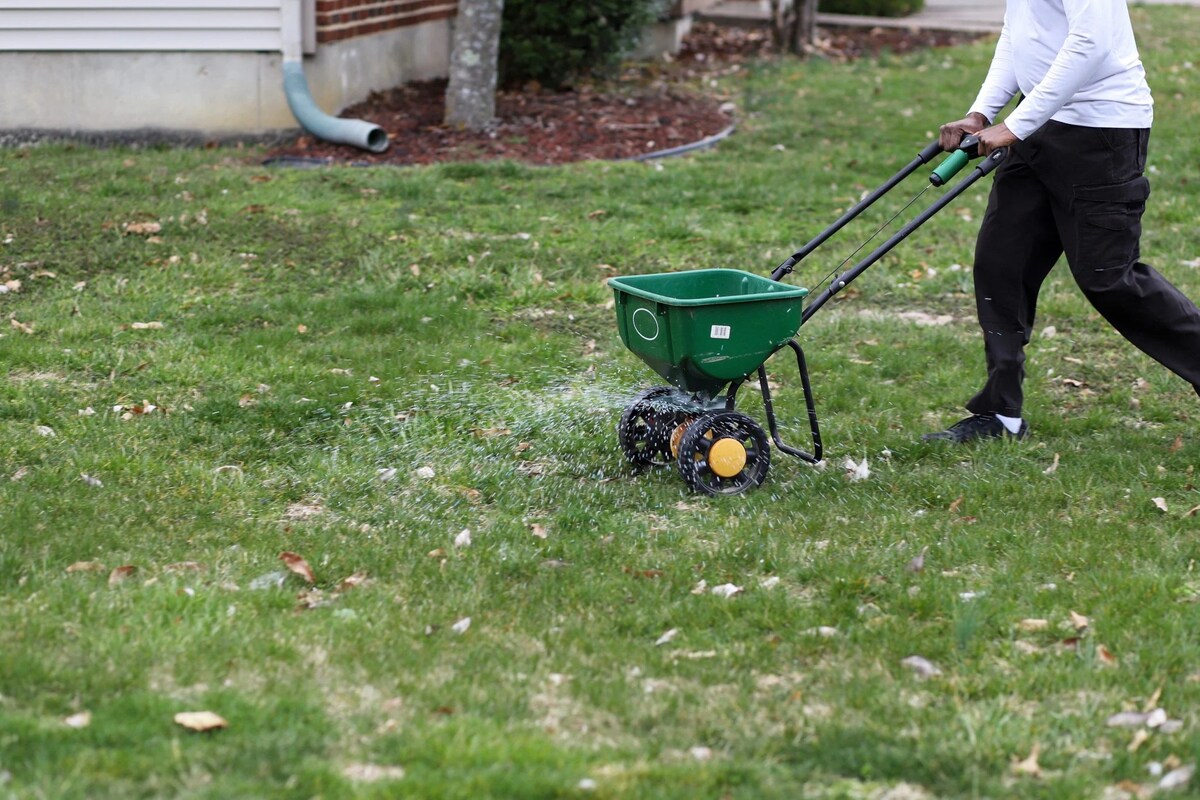
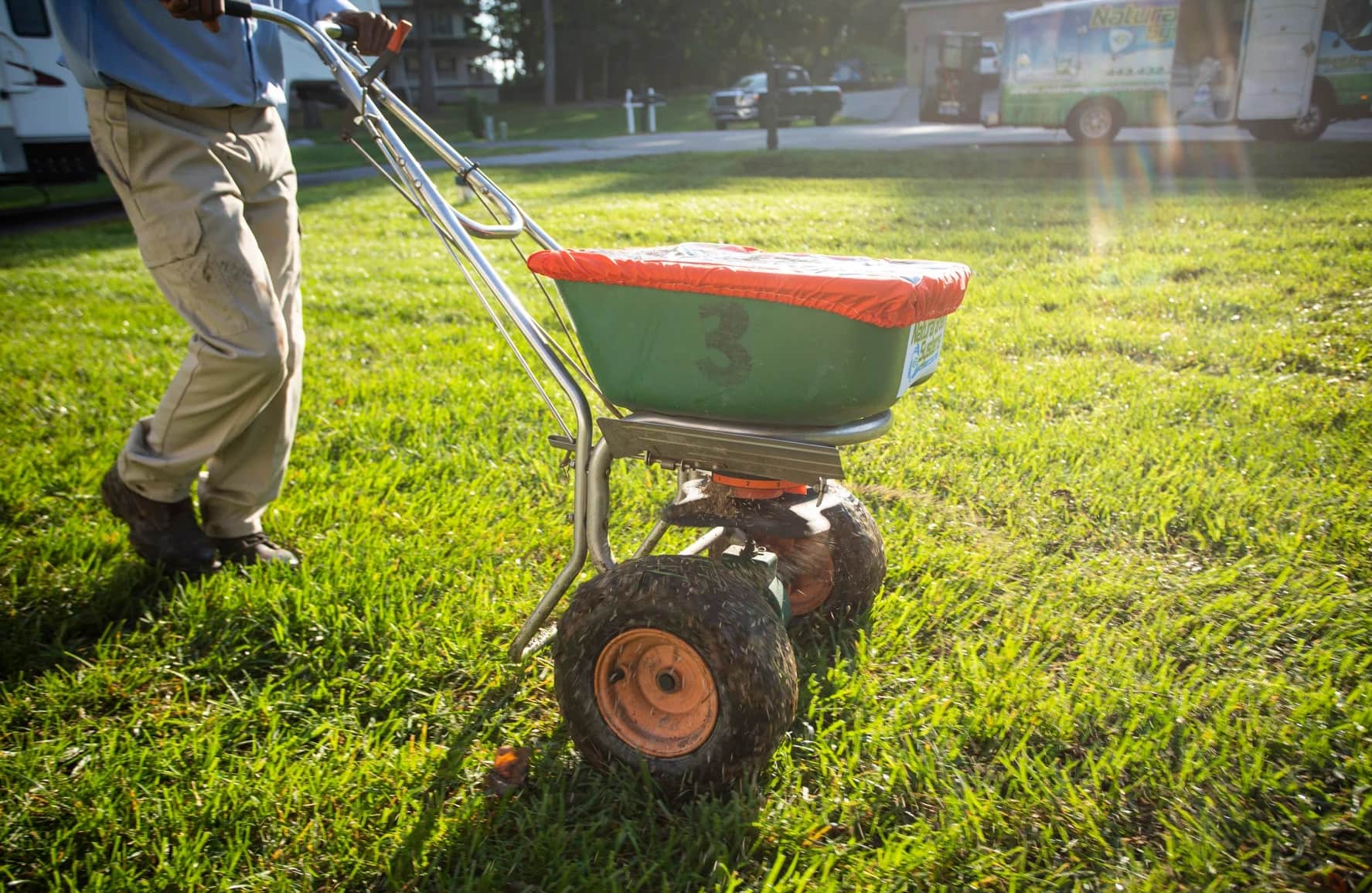
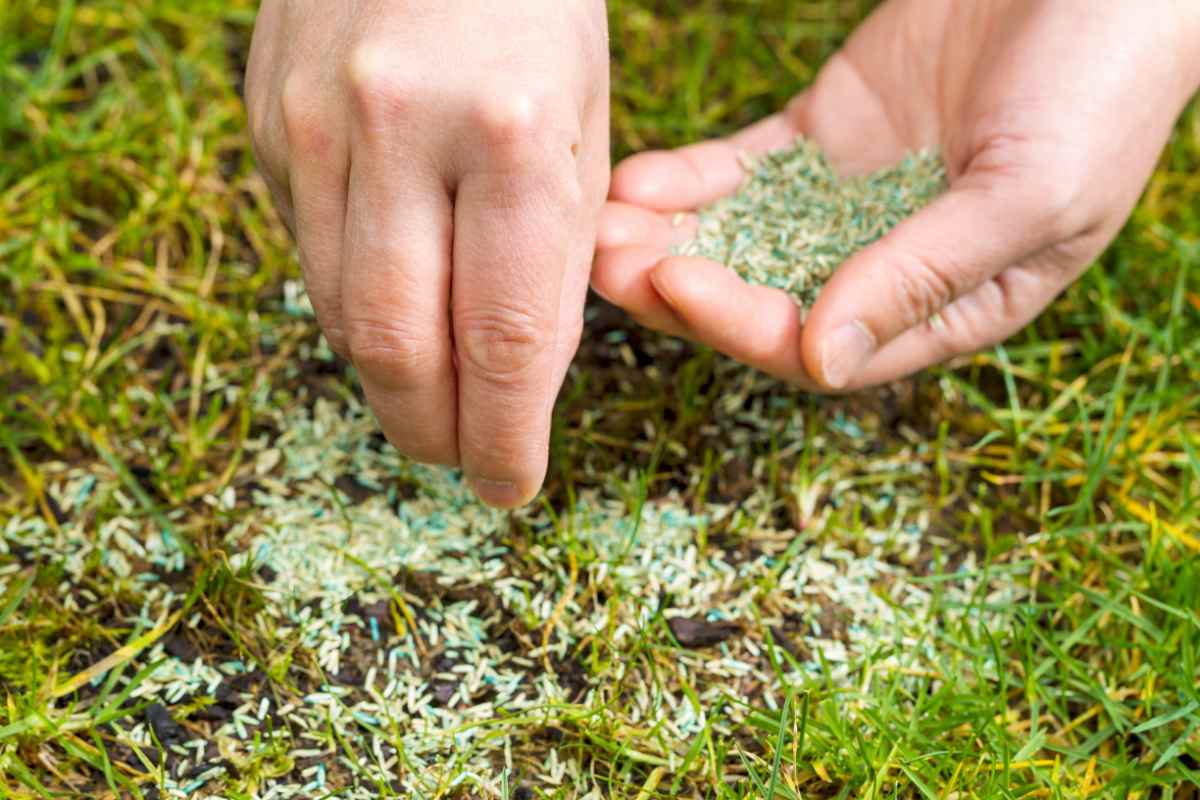
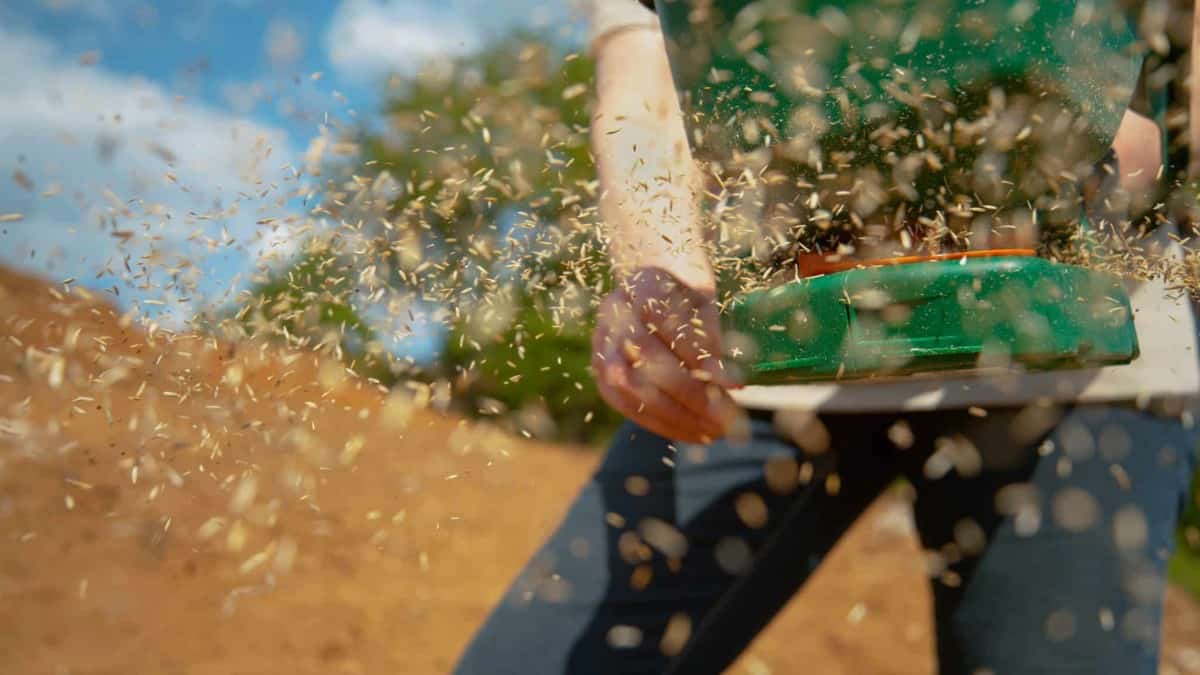
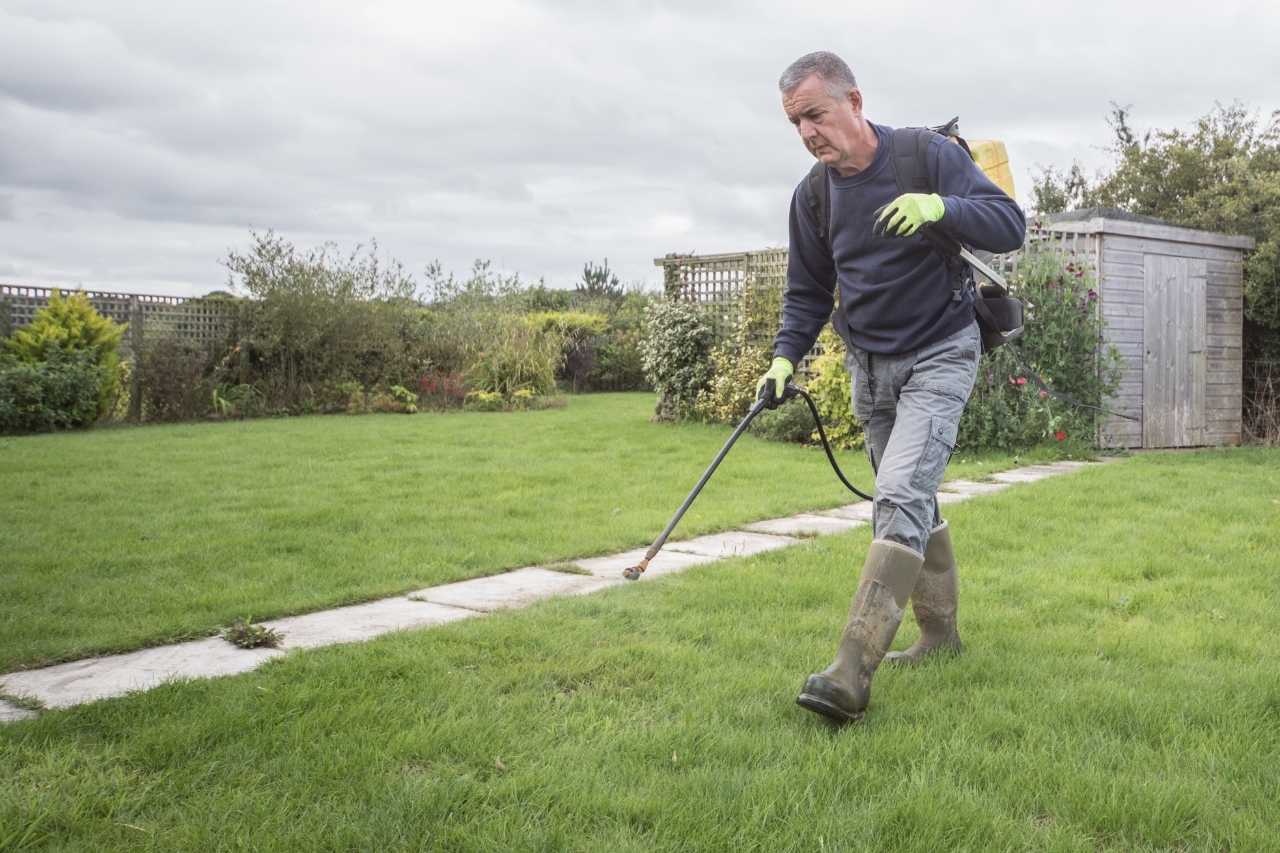
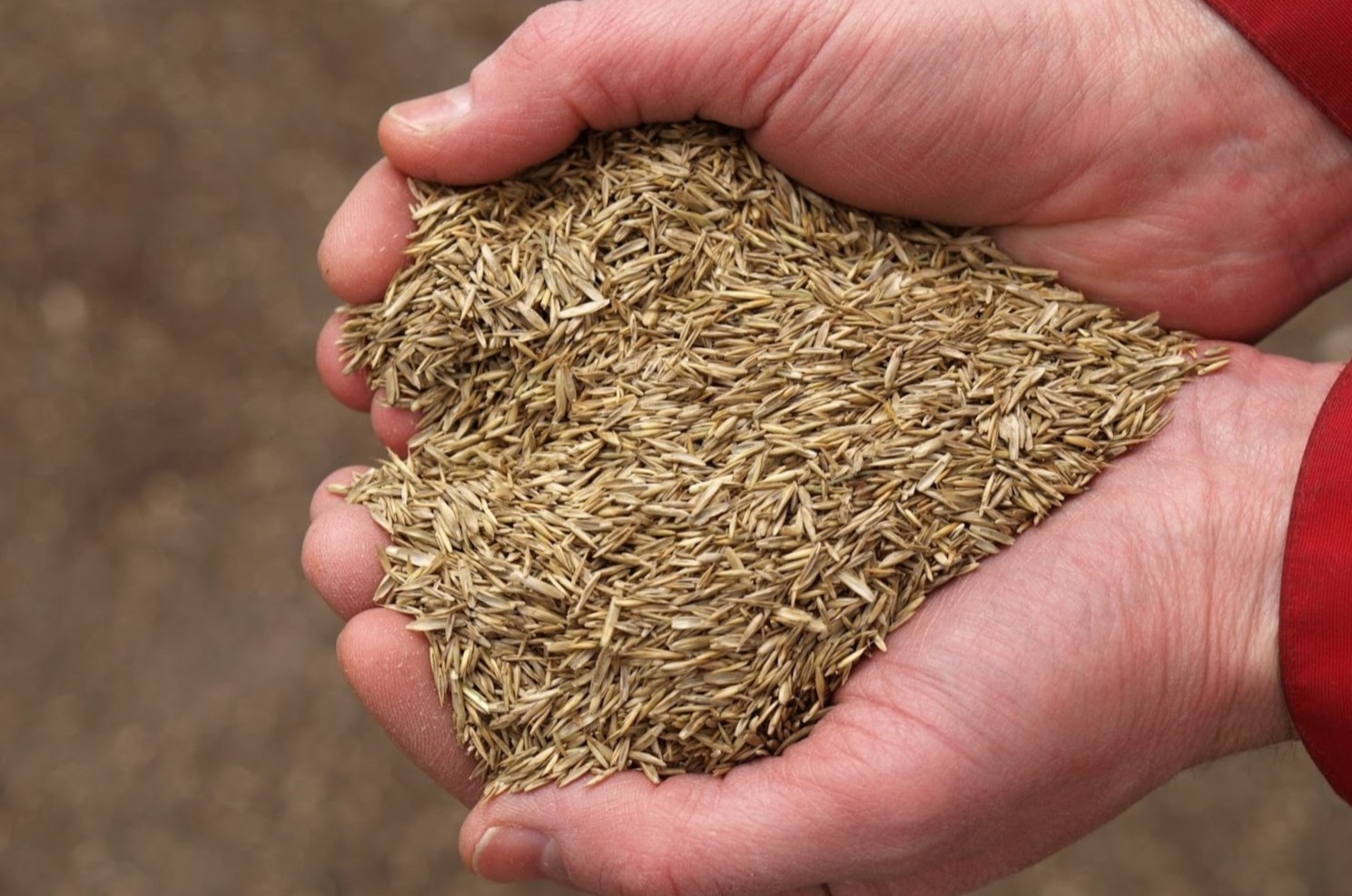
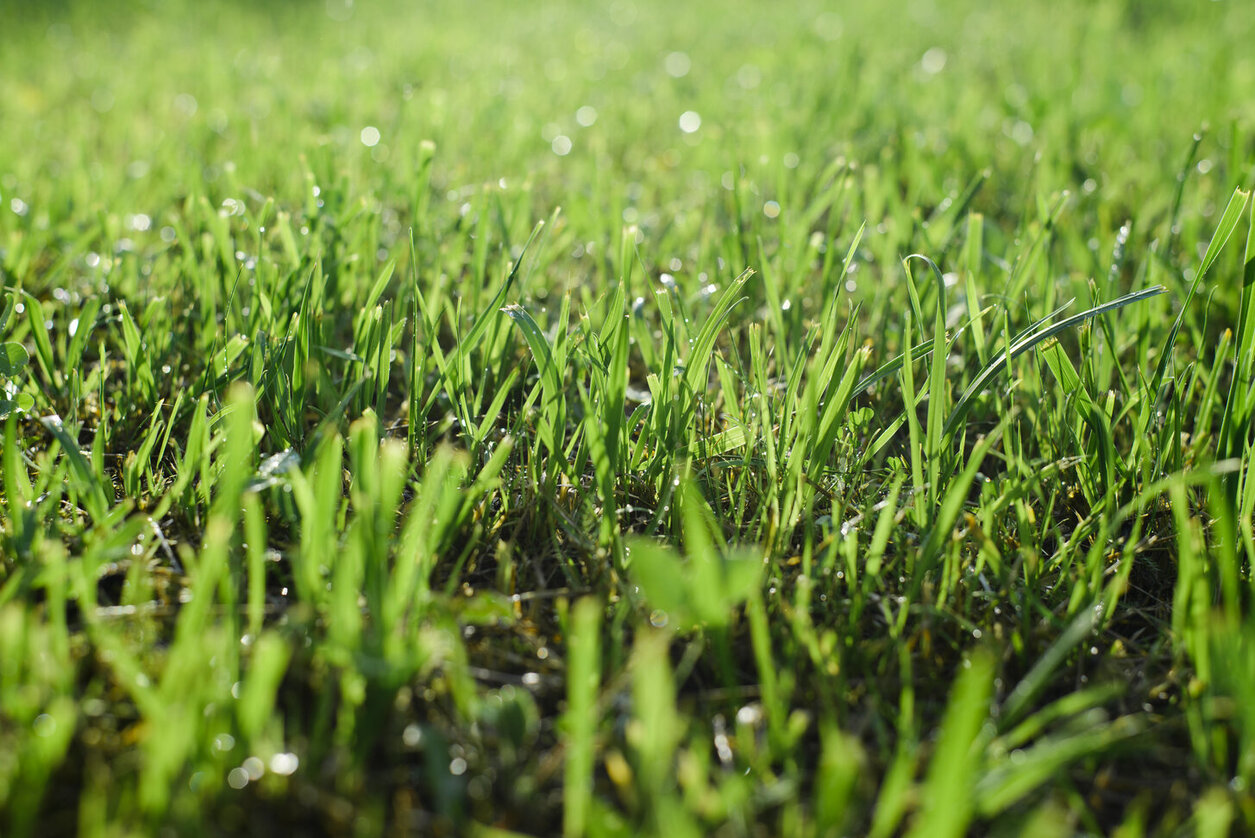


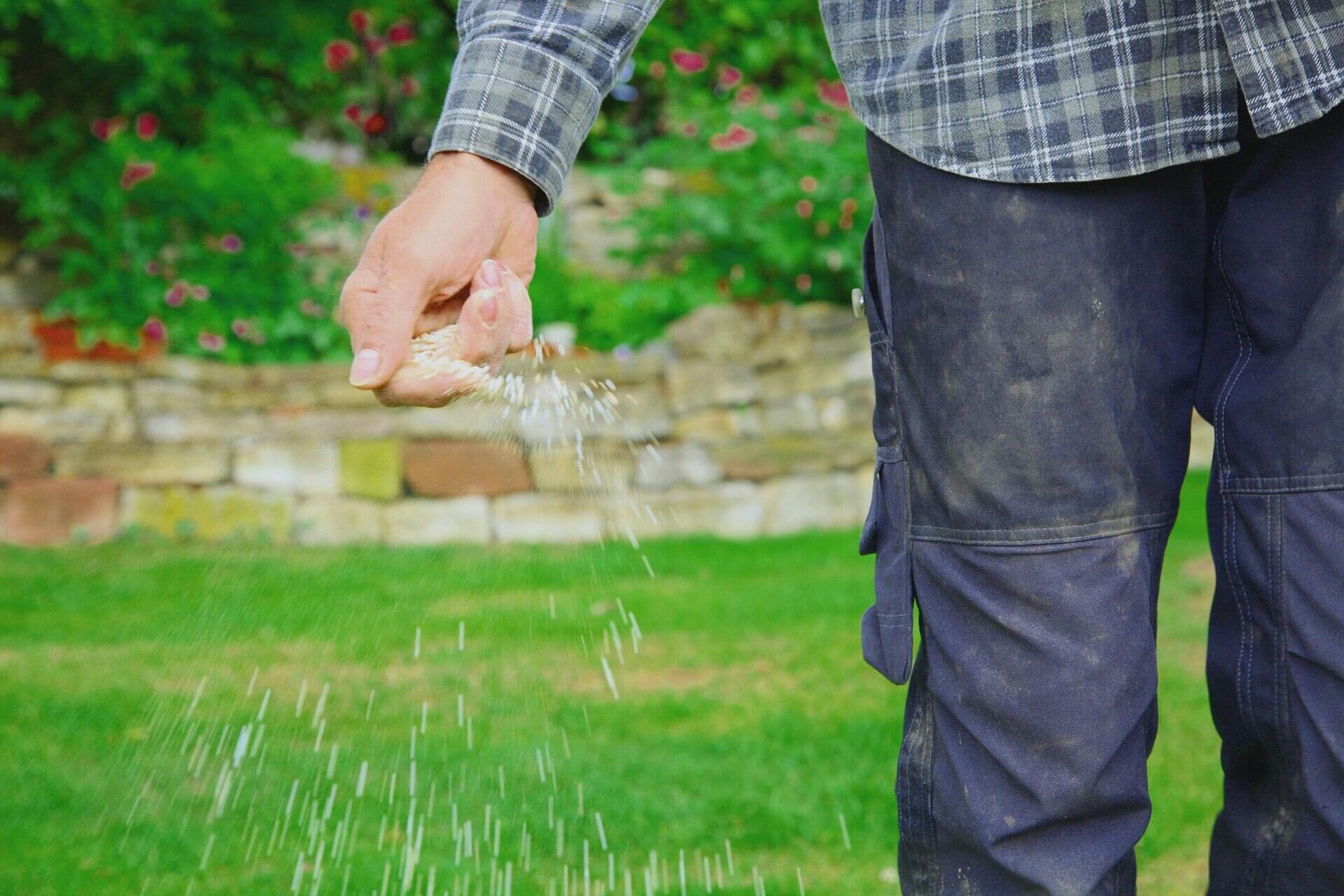
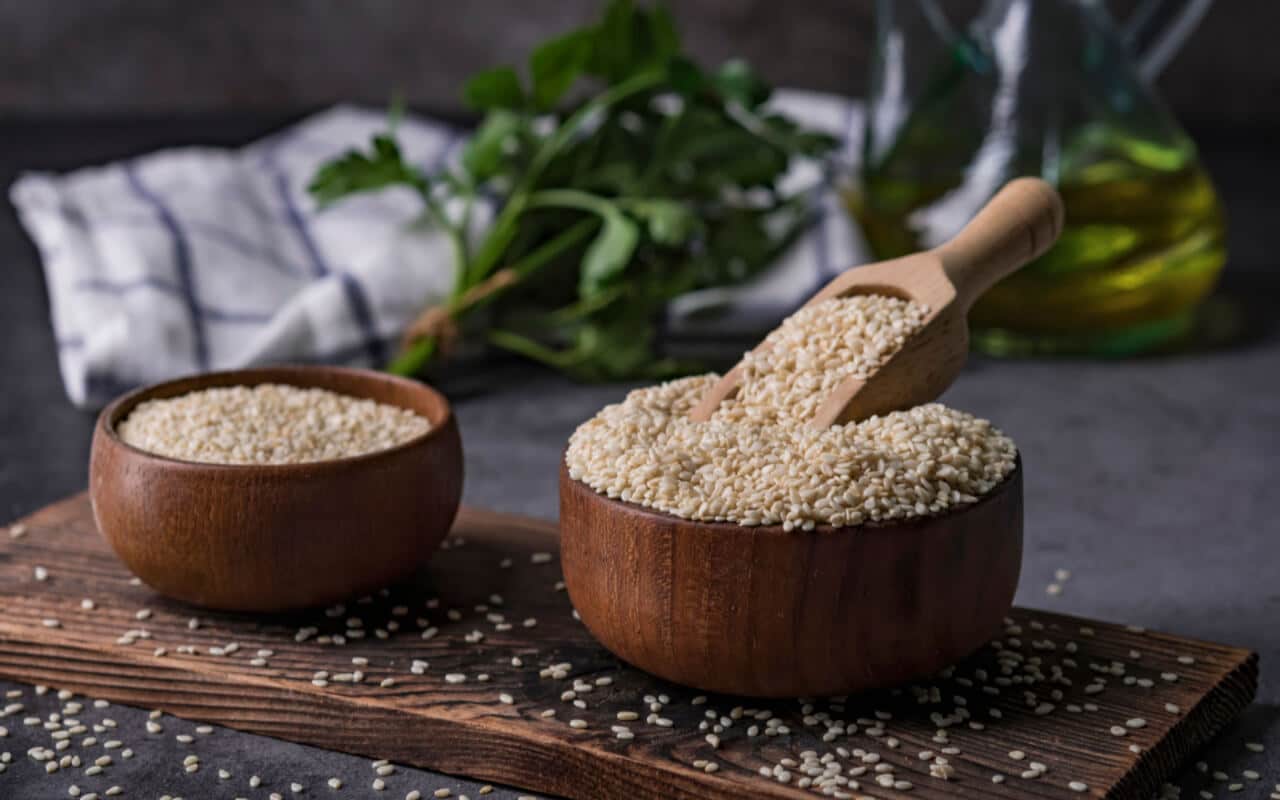

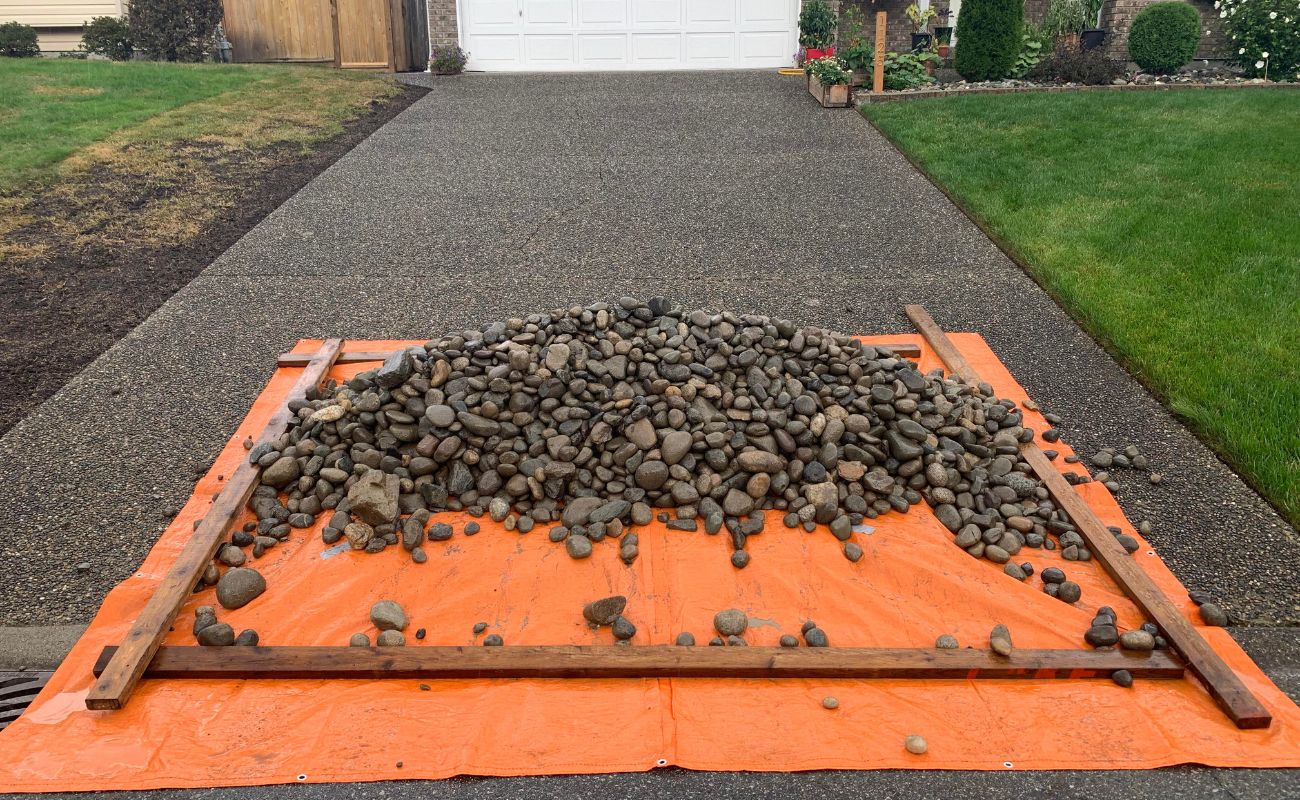
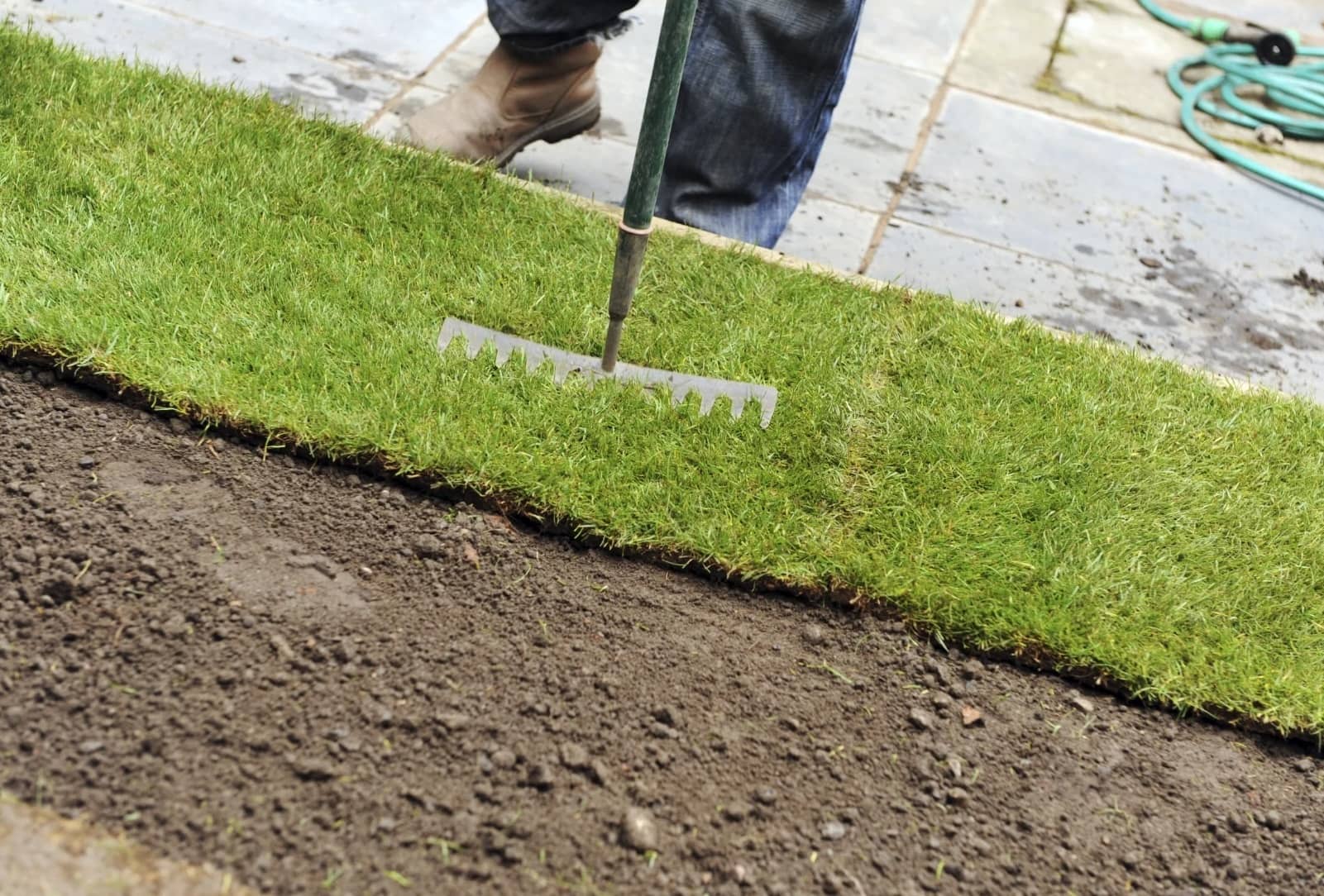

0 thoughts on “When Can You Put Down Grass Seed”